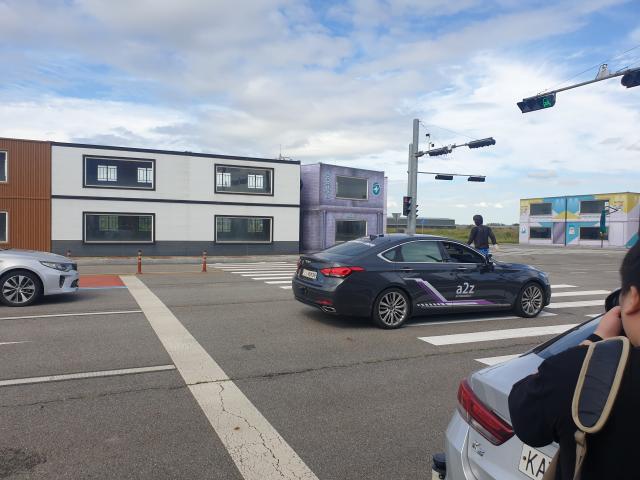
South Korea unveiled its plan to commercialize level-4 self-driving in 2027. Unlike autonomous levels 1, 2, and 3 which assist human drivers to conveniently reach their destinations, a level 4 self-driving vehicle only requires a driver only in case of an emergency. Level 4 autonomous vehicles can navigate around places by communicating with on-road structures such as traffic lights and pedestrian crossings.
The Korean National Police Agency (KNPA) said the safety education course for autonomous vehicles will be included in the driver's license test process in 2024. The new curriculum covers situations when a driver has to switch from his or her car's autonomous driving mode to manual mode and other responsibilities when operating autonomous vehicles. Through various state-operated demonstrations of autonomous vehicles, drivers had to drive in manual mode in school zones and elderly safety zones. The current Road Traffic Act will be revised next year to adopt new training programs.
The KNPA will also establish safety management policies against unexpected situations such as natural disasters and car accidents. The police will also work with local governments to provide collected autonomous transportation data to the public and private sectors.
South Korea's capital city has unveiled its scheme to adopt 300 or more self-driving vehicles and related services by 2026. In February 2022, Seoul commercialized an autonomous vehicle-hailing service in its western district by deploying four self-driving vehicles. Self-driving cars could be hailed from any location on the circulation routes using a designated smartphone app. On December 4, the capital city launched the late-night autonomous bus service, available between 11:30 p.m. and 5:10 a.m. on a 9.8-kilometer (6-mile) route.




